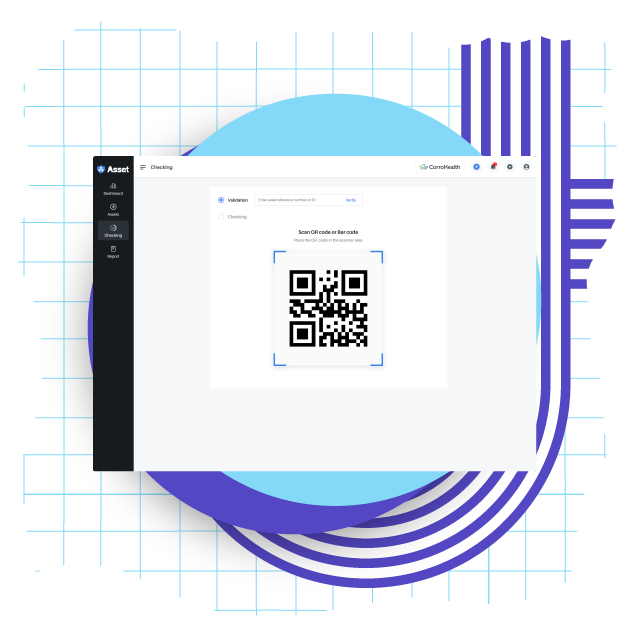
Explore MAWALOG Signage
Navigate the Path with MAWALOG Signage's FAQ
1. What is signage in showcase dashboards?
Displaying multiple data kinds on a single platform, showcase dashboard signage combines graph computations with counting applications.
2. What advantages does signage offer companies?
Signage is an effective way to improve operational efficiency across industries, facilitate real-time monitoring, and enhance data visualization.
3. What kinds of information can be shown on signs?
Graphs and charts on signage can show metrics like inventory levels, sales numbers, visitor traffic, and performance analytics.
4, Is it possible to modify signage?
Yes, signage provides customised dashboard layouts to efficiently fulfill a range of company objectives and prioritise particular data.
5. Are there changes in real time on signage?
Real-time updates on measurements are provided by signage systems, guaranteeing accuracy and adaptability to changes in operations.
6. What interactive elements are present in signage?
Interactive features, such as touchscreens and interactive widgets, are included into signage to improve user engagement and facilitate data discovery.
7. In what ways does signage aid in making decisions?
Signage supports well-informed decision-making and strategic planning by offering comprehensible data visualizations and performance insights.
8. Is signage adaptable to many settings?
Indeed, signage systems are flexible and expandable, making them appropriate for use in a range of environments, including corporate offices and retail establishments.
9. What function does communication signage serve?
By displaying announcements, updates, and safety instructions in real time across several locations, signage enhances internal communication.
10. What role does signage play in improving operational effectiveness?
Signage improves operational efficiency by automating data management procedures, minimizing human labor in reporting, and allocating resources optimally.



